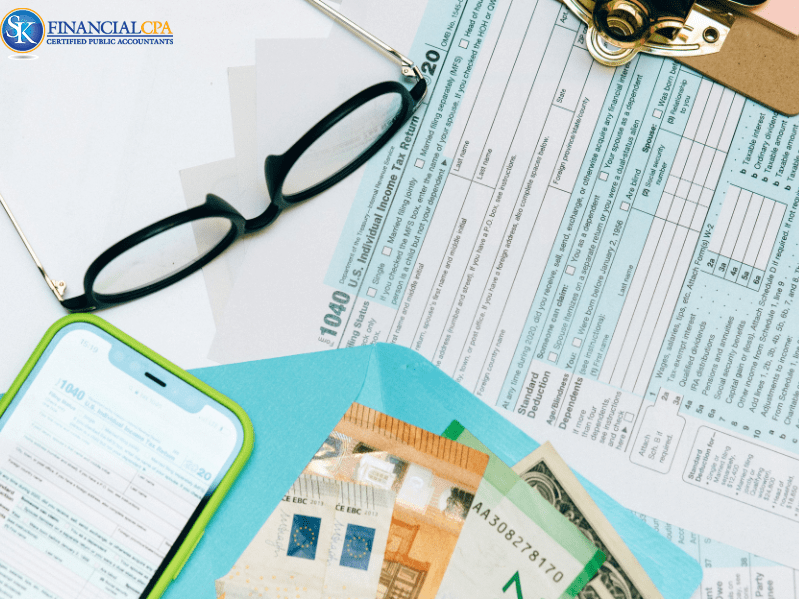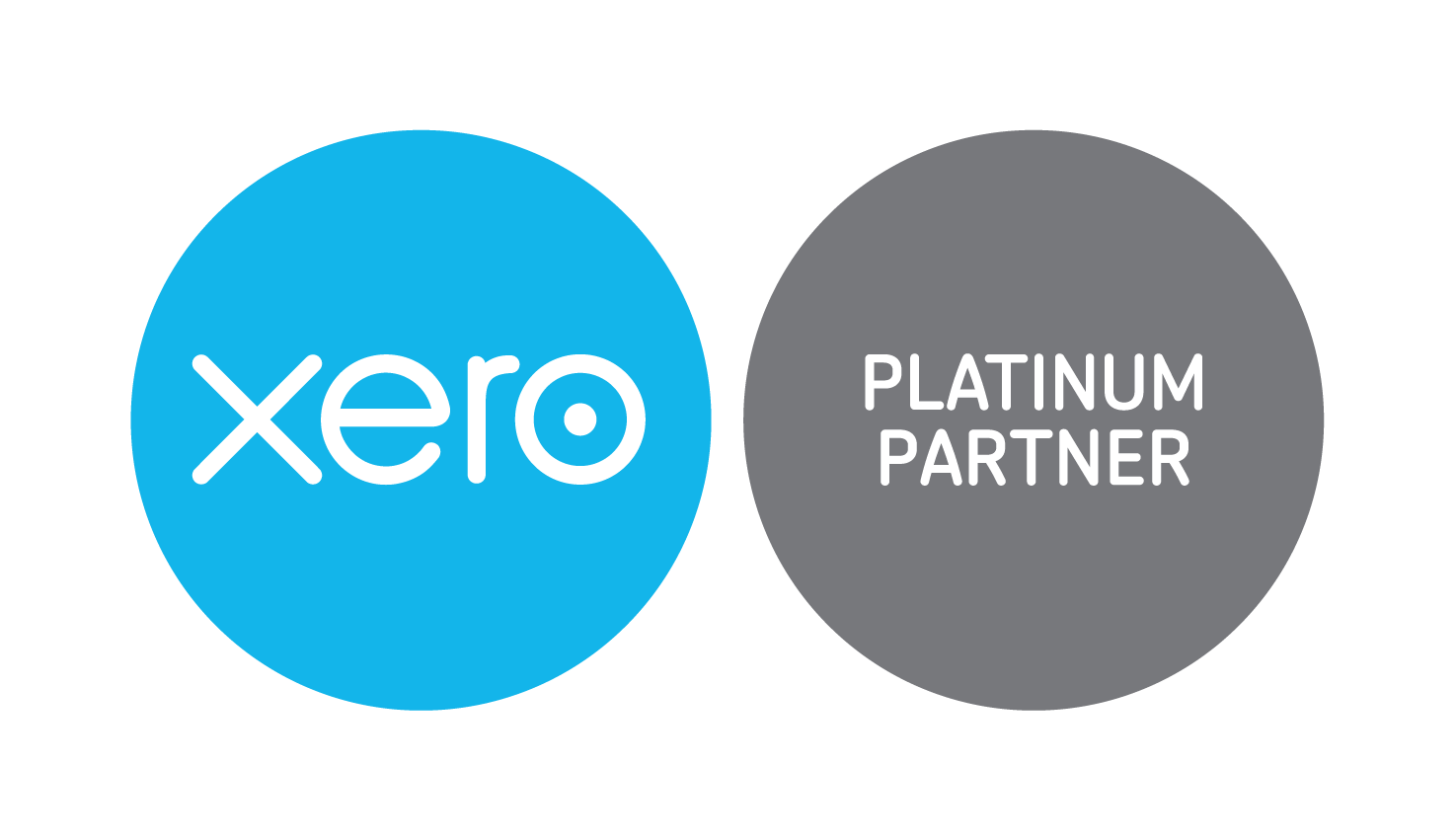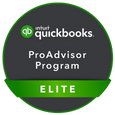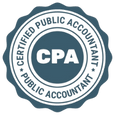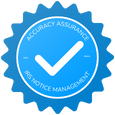
What Is Form 8594? When Do You Need to File Form 8594
Form 8594 is an IRS tax form that both the buyer and seller must file when a business is sold through an asset sale. It tells the IRS how the total sale price was divided across things like equipment, inventory, goodwill, and more. If the information doesn’t match between the buyer and seller, it can lead to IRS questions or even audits. That’s why it’s important to get it right. In this blog, I’ll walk you through exactly what Form 8594 is, why it matters, and how to handle it step-by-step.
What Is Form 8594?
Form 8594 is a tax form used when someone buys or sells a business but only when it’s an asset sale, not a sale of stock or company shares. That means the buyer is purchasing the actual parts of the business, like equipment, tools, inventory, licenses, or even the business name and customer list.
Both the buyer and the seller have to fill out Form 8594 and send it in with their tax returns for that year. One very important part both sides must agree on how the total sale price is divided among the different things being sold. That matters because each type of asset is taxed differently, and if the numbers don’t match, it could cause problems with the IRS.
Why Is Form 8594 So Important?
Form 8594 helps the IRS see how both the buyer and seller split the total price of a business sale. This matters because each part of the business like inventory, equipment, or goodwill is taxed differently. If both sides report different numbers, it can lead to audits or tax issues.
Read more about w2 vs w4
Here’s how it affects each party:
|
Asset Type |
Tax Impact for Seller |
Tax Benefit for Buyer |
|
Inventory |
Taxed as ordinary income |
Deducted as cost when sold |
|
Equipment |
May trigger capital gains or recapture |
Depreciated or expensed (Section 179) |
|
Real Estate |
Capital gains |
Depreciation on building only |
|
Goodwill |
Capital gains |
Amortized over 15 years |
|
Licenses/Contracts |
Varies (often capital gains) |
May be amortized if they have value |
|
Customer List |
Capital gains |
Amortized over time |
Filing Form 8594 properly keeps everything clear, legal, and IRS-compliant and helps both sides handle taxes the smart way.
When Do You Need to File Form 8594?
You need to file Form 8594 when you buy or sell the actual parts of a business not just company shares. This form is used when the sale includes things like equipment, inventory, customer lists, or trademarks, and the total price is split between those assets.
Here’s when it applies:
-
The sale involves business assets, not just stock.
-
The assets being sold are part of a real, active business.
-
The buyer and seller need to divide the total price across different assets.
-
The buyer is using the purchase price to set the value (or “basis”) for what they bought.
This is common with small business sales like when someone sells a bakery, repair shop, salon, or local store. If the deal includes physical things (like tools, furniture, or supplies) or intangible things (like a brand name or customer contracts), Form 8594 is usually required.
How Does Form 8594 Work?
Let’s say you’re selling your bakery for $300,000. That price isn’t just for the whole business as one item it includes many different parts: ovens, inventory, your brand’s reputation, even your customer list. You and the buyer need to agree on how much of that $300,000 goes toward each part. Form 8594 is where you both write down those numbers so the IRS knows exactly how the deal was split.
The IRS uses seven classes of assets, and here’s what they include:
-
Class I – Cash and bank accounts
-
Class II – Traded securities (like stocks or bonds)
-
Class III – Accounts receivable (money owed to the business)
-
Class IV – Inventory or products you sell
-
Class V – Physical stuff like equipment, land, or vehicles
-
Class VI – Intangible things like licenses or a brand name (not goodwill)
-
Class VII – Goodwill (your business’s reputation and customer loyalty)
Here’s how a $300,000 bakery sale might look:
|
Asset Class |
Description |
Amount |
|
Class V |
Ovens, delivery van, furniture |
$100,000 |
|
Class IV |
Inventory (ingredients, supplies) |
$30,000 |
|
Class VI |
Customer list, brand name |
$40,000 |
|
Class VII |
Goodwill (your reputation, name) |
$130,000 |
|
Total |
$300,000 |
Both the buyer and seller must report this same breakdown on their Form 8594 when they file taxes.
-
The seller uses it to figure out how much profit (or loss) they made on each part.
-
The buyer uses it to figure out how much they can deduct later either by depreciating equipment or amortizing goodwill.
This helps both sides avoid problems with the IRS and ensures taxes are handled correctly.
How to Fill Form 8594 Step by Step
Filling out Form 8594 isn’t too complicated if you know what to expect. Here’s a simple step-by-step breakdown to help you get it right:
Step 1: Enter Buyer and Seller Information
Start by filling in the basic info for both parties names, addresses, and taxpayer identification numbers (TINs). Make sure everything matches what’s on your tax return.
Step 2: Add Details About the Sale
Next, you’ll enter the date of the sale and the total purchase price. This is the full amount agreed upon between the buyer and seller for the business assets.
Step 3: Classify the Assets by Category
Now comes the most important part. You’ll need to break the total sale price into categories called asset classes. There are seven in total (from cash and inventory to goodwill). Make sure both parties agree on how the price is split.
Step 4: Complete Part II (if you're the buyer)
If you're the buyer, fill in details about the asset allocation in Part II. You’ll list the amount assigned to each class (Class I to VII). This becomes the basis for future deductions.
Step 5: Complete Part III (if you're the seller)
If you're the seller, fill out Part III with the same breakdown. Make sure your numbers match the buyer’s. This part will help you calculate your gain or loss for tax purposes.
Step 6: Attach Form 8594 to Your Tax Return
Once it’s filled out, attach Form 8594 to your federal income tax return (Form 1040, 1120, or whichever return you’re filing).
Common Mistakes to Avoid on Form 8594
Form 8594 may seem simple, but small mistakes can lead to big problems. One of the biggest issues is when the buyer and seller don’t agree on how the sale price is split that can raise red flags with the IRS. Another common slip-up is guessing the value of assets or lumping everything under one category like "equipment" or "goodwill." That’s risky and often wrong.
Also, don’t forget to include the form with your tax return missing the deadline means you might have to fix your return later. And finally, make sure the numbers add up exactly to the full sale price no rounding or rough estimates.
How the Buyer Benefits from Form 8594
If you’re the buyer, Form 8594 helps set the value for each part of the business you bought. This matters because it tells the IRS what you can deduct later. For example, you can deduct inventory when it’s sold, write off equipment over time (or all at once using Section 179), and spread out deductions for goodwill over 15 years. In short, filling out Form 8594 the right way helps you save money on taxes in the years ahead.
What Sellers Should Watch Out For
If you’re the seller, how you split the sale price on Form 8594 affects how much tax you’ll owe.
For example, inventory is taxed as regular income (which can be high), but goodwill is usually taxed at a lower capital gains rate. If you’ve claimed depreciation on equipment before, you might have to pay something called recapture tax. So, the way you fill out this form can either help you save or lead to a bigger tax bill. That’s why it’s so important to get it right.
What If You’re Selling Part of a Business?
Even if you’re only selling part of your business like one location or a specific product line you may still need to file Form 8594. If that part includes a group of assets (like equipment, inventory, or customer lists) and the buyer sees it as a full business purchase, the IRS treats it like a business sale. In that case, Form 8594 is usually required.
Can You File Form 8594 Yourself?
You can file Form 8594 on your own, but even small mistakes can lead to IRS issues or missed tax savings. If you're unsure about how to split the sale price, it’s best to let a pro handle it. Book a free consultation with our expert at SK Financial CPA and get it done right the first time.
How SK Financial CPA Can Help With Form 8594
If you’re feeling unsure about how to handle Form 8594, you’re not alone many buyers and sellers struggle with dividing the sale price correctly and avoiding IRS issues. We’ve helped thousands of clients through this exact process by making sure everything is reported accurately, tax benefits are maximized, and costly mistakes are avoided. With 23+ years of experience and over 20,000 returns filed, we’re here to guide you every step of the way. Book a free consultation today to make your transaction smooth, accurate, and stress-free.
Conclusion
Form 8594 plays a key role in how your business sale or purchase is taxed. It keeps both buyer and seller aligned, helps avoid IRS issues, and sets the stage for future tax benefits. Whether you're planning to buy or sell, getting this form right can save you stress and money. Take the time to understand it and if you need help, don’t do it alone. A trusted expert can make the process simple and safe.
FAQs
1. Is Form 8594 required for every business sale?
No, only if the sale involves a group of assets that make up a business (not stock sales). If it’s a stock sale, Form 8594 usually isn’t required.
2. Do both the buyer and seller need to file Form 8594?
Yes. Both parties must file the form with their own tax returns and agree on the asset allocation.
3. What happens if buyer and seller report different numbers on Form 8594?
It may trigger an audit or inquiry from the IRS. That’s why both sides should agree on allocations before filing.
4. Can goodwill be allocated on Form 8594?
Yes, goodwill is Class VII and often makes up a large portion of the purchase price in service-based businesses.
5. Where do I attach Form 8594 when filing?
You attach Form 8594 to your income tax return for the year the sale occurred (typically with your 1040 or business return like 1120 or 1065).
Follow SKFinancial on Facebook / Twitter / Linkedin / Youtube for updates.


